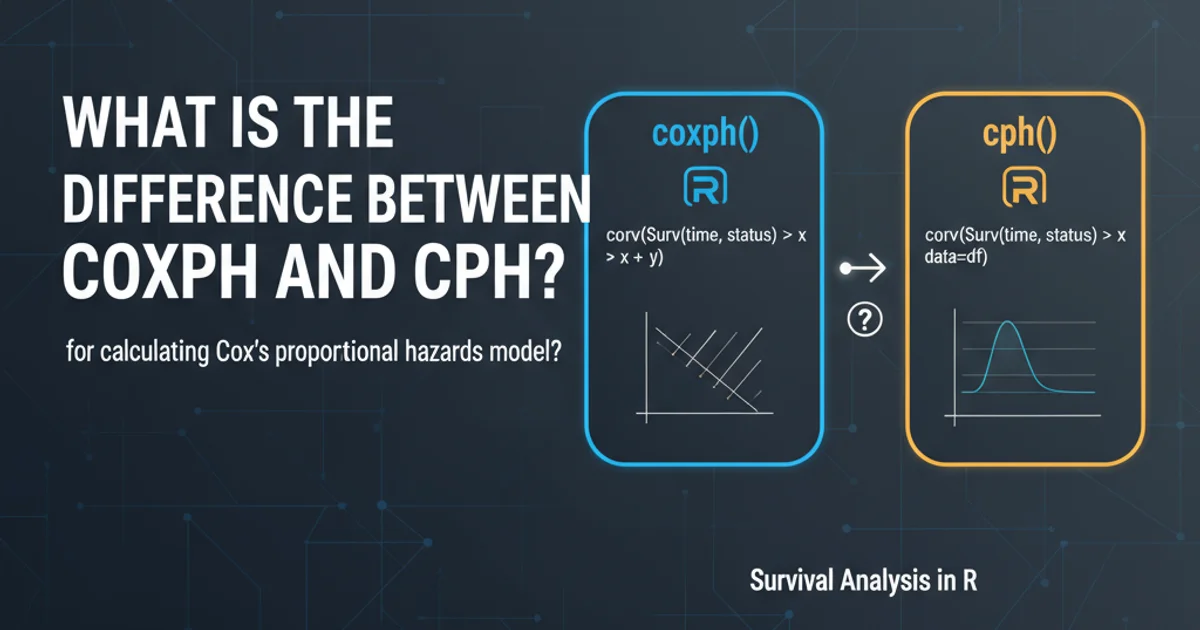Using Lightbox2 to display video
Categories:
Integrating Video with Lightbox2: A Comprehensive Guide

Learn how to extend Lightbox2 to display videos from YouTube, Vimeo, or self-hosted sources, enhancing your website's media presentation.
Lightbox2 is a popular JavaScript library for displaying images and image galleries in a sleek, modal overlay. While its primary function is images, many developers seek to leverage its familiar interface for video content. This article will guide you through the process of integrating video playback into your Lightbox2 setup, covering various video sources and necessary modifications.
Understanding Lightbox2's Core Functionality
Lightbox2 works by intercepting clicks on <a> tags with a data-lightbox attribute. It then dynamically creates an overlay and loads the content specified in the href attribute. For images, it simply places an <img> tag. For videos, we need to inject an <iframe> or <video> element instead. This requires modifying Lightbox2's behavior or using a wrapper script.
flowchart TD
A[User Clicks Link] --> B{Link has data-lightbox?}
B -->|No| C[Default Browser Behavior]
B -->|Yes| D[Lightbox2 Intercepts]
D --> E{Content Type?}
E -->|Image| F[Display <img> in Overlay]
E -->|Video (Custom)| G[Inject <iframe> or <video>]
G --> H[Play Video]
F --> I[Close Lightbox]
H --> ILightbox2 Content Loading Flow
Method 1: Using a Custom JavaScript Wrapper
The most robust way to add video support is to create a custom JavaScript function that intercepts Lightbox2's click events and handles video links separately. This approach allows you to specify different video sources (YouTube, Vimeo, self-hosted) and customize player options.
<a href="https://www.youtube.com/embed/VIDEO_ID?autoplay=1" data-lightbox="video" data-title="My YouTube Video" class="lightbox-video">
<img src="path/to/youtube_thumbnail.jpg" alt="YouTube Video Thumbnail">
</a>
<a href="https://player.vimeo.com/video/VIDEO_ID?autoplay=1" data-lightbox="video" data-title="My Vimeo Video" class="lightbox-video">
<img src="path/to/vimeo_thumbnail.jpg" alt="Vimeo Video Thumbnail">
</a>
<a href="path/to/self_hosted_video.mp4" data-lightbox="video" data-title="My Self-Hosted Video" class="lightbox-video">
<img src="path/to/video_thumbnail.jpg" alt="Self-Hosted Video Thumbnail">
</a>
HTML structure for video links
$(document).ready(function() {
$(document).on('click', '.lightbox-video', function(event) {
event.preventDefault();
var videoUrl = $(this).attr('href');
var videoTitle = $(this).attr('data-title') || '';
var videoHtml = '';
if (videoUrl.includes('youtube.com/embed') || videoUrl.includes('vimeo.com/video')) {
// YouTube or Vimeo
videoHtml = '<div class="lightbox-video-container"><iframe src="' + videoUrl + '" frameborder="0" allow="autoplay; fullscreen" allowfullscreen></iframe></div>';
} else if (videoUrl.endsWith('.mp4') || videoUrl.endsWith('.webm') || videoUrl.endsWith('.ogg')) {
// Self-hosted video
videoHtml = '<div class="lightbox-video-container"><video controls autoplay><source src="' + videoUrl + '" type="video/mp4"></video></div>';
} else {
// Fallback or error handling
console.error('Unsupported video format or URL:', videoUrl);
return;
}
// Lightbox2's internal methods are not directly exposed, so we simulate its behavior
// This is a simplified example; a full implementation would involve more Lightbox2 internals
// A common approach is to use a plugin or a modified Lightbox2 version.
// For a quick hack, you might temporarily replace the image loading function.
// A more practical approach is to use a different lightbox library for video
// or a custom modal. If you insist on Lightbox2, you'd need to modify its source.
// For demonstration, let's assume a simplified custom modal for video.
// This part would typically involve Lightbox2's API if it supported video directly.
// Since it doesn't, we'll show a conceptual way to display it.
var $lightboxOverlay = $('<div id="lightboxOverlay" class="lightboxOverlay"></div>');
var $lightbox = $('<div id="lightbox" class="lightbox"></div>');
var $lightboxContainer = $('<div class="lb-outerContainer"></div>');
var $lightboxImage = $('<div class="lb-container"></div>');
var $lightboxData = $('<div class="lb-dataContainer"></div>');
var $lbClose = $('<a class="lb-close"></a>').text('x');
$lightboxImage.append(videoHtml);
$lightboxData.append($('<div class="lb-details"><span class="lb-caption">' + videoTitle + '</span></div>'));
$lightboxData.append($lbClose);
$lightboxContainer.append($lightboxImage).append($lightboxData);
$lightbox.append($lightboxContainer);
$('body').append($lightboxOverlay).append($lightbox);
$lightboxOverlay.fadeIn();
$lightbox.fadeIn();
$lbClose.on('click', function() {
$lightbox.fadeOut(function() { $(this).remove(); });
$lightboxOverlay.fadeOut(function() { $(this).remove(); });
});
$lightboxOverlay.on('click', function() {
$lbClose.trigger('click');
});
});
});
Custom JavaScript to handle video links with Lightbox2-like behavior. Note: This is a conceptual example as Lightbox2 does not natively support video without significant modification or a dedicated plugin.
Styling the Video Player
To ensure your videos look good within the custom modal, you'll need to add some CSS. This typically involves making the video player responsive and centering it within the overlay.
.lightbox-video-container {
position: relative;
padding-bottom: 56.25%; /* 16:9 aspect ratio */
height: 0;
overflow: hidden;
max-width: 100%;
background: #000;
}
.lightbox-video-container iframe,
.lightbox-video-container video {
position: absolute;
top: 0;
left: 0;
width: 100%;
height: 100%;
}
Responsive CSS for video containers
Alternative: Using a Dedicated Video Lightbox Library
While it's possible to hack Lightbox2 for video, the most straightforward and maintainable solution is often to use a different lightbox library that natively supports video. Libraries like Fancybox, Magnific Popup, or GLightbox are designed with video in mind and offer much simpler integration.
1. Choose a Video-Compatible Library
Select a library like Fancybox, Magnific Popup, or GLightbox that explicitly lists video support in its features.
2. Include Library Files
Download and include the CSS and JavaScript files for your chosen library in your HTML document.
3. Prepare Your HTML Links
Format your <a> tags according to the new library's documentation. This usually involves specific data- attributes or classes.
4. Initialize the Library
Add a small JavaScript snippet to initialize the library, targeting your video links. This is typically a one-liner.